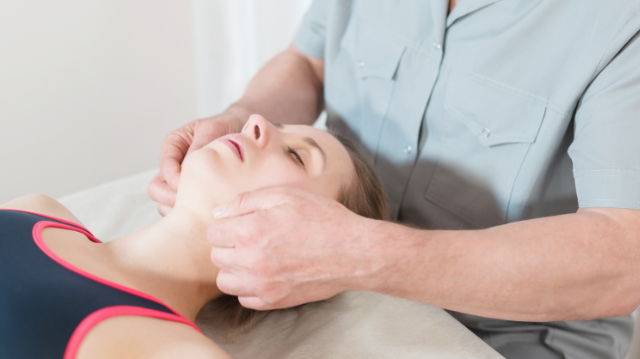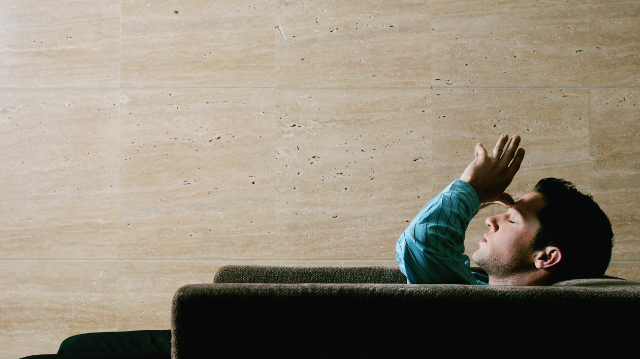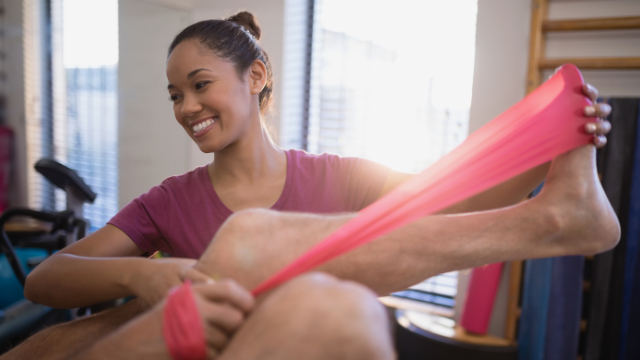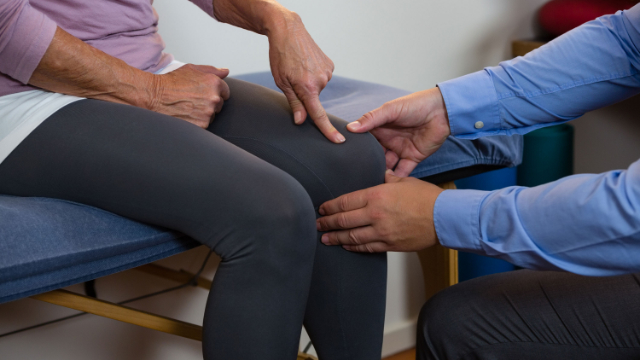
For most of us our feet provide the freedom to get from point A to B with minimal effort. But even though they provide this incredible ability, it’s easy to take the feet for granted, and perhaps we often ignore these wonderful appendages.
It becomes more difficult to disregard the feet, though, when something goes wrong with them. This is particularly the case when a foot or ankle injury prevents one from walking or running normally, leading to a redirection of the attention downwards.
Injuries to the feet and ankle actually rank among some of the most common in the entire body because they handle so much weight and are used so frequently. Ankle sprains are by far the most prevalent injury to this region—especially in active individuals—while others include plantar fasciitis, Achilles tendinitis, stress fractures, and growth plate injuries (in children). Unfortunately, there’s no magic formula that will prevent all foot and ankle injuries from occurring, but there are a number of steps you can take to significantly reduce your personal risk for experiencing one. We recommend the following:
- Warm up and stretch: regardless of what activity you’re about to partake in, it’s always important to get the blood flowing with a warm-up and some stretching before physically exerting yourself; dynamic stretches that mimic the sport or exercise you’re participating in are best for reducing injury risk
- Build up your strength: strengthening the muscles of the feet and lower leg is extremely important for injury prevention, as it will provide a more sturdy foundation for the rest of the body; strong muscles in this area will also improve balance, which can further reduce injury risk
- Calf raises: stand with your feet shoulder-width apart, keeping the knees straight; raise the heels off the floor as high as you can, then return to the floor and repeat; to progress the exercise, stand with your toes on a step
- Toe splay: sit in a straight-backed chair with your feet gently resting on the floor; spread your toes apart as far as possible without straining them and hold the position for 5 seconds, then repeat this motion 10 times
- Resisted ankle inversion: sit on the floor with your legs outstretched and a band wrapped around the foot you want to work; tie the other end around something sturdy to the outside of the leg; keep the lower leg still and try to point the toes across to the other leg
- Resisted ankle eversion: for eversion, move the attachment of the resistance band so it’s on the other side of the body, then turn the foot out and try to point your toes away from the other foot
- Wear the right shoes: try to always use shoes that are appropriate for the activity; your shoes should provide support and comfort while being able to withstand the physical demands of the sport they’re being used for; it’s also a good idea to avoid wearing high heels regularly and to be careful about your sandal selection
- Steer clear of the wrong surfaces: running or training on uneven surfaces can increase the likelihood of an injury, so it’s best to avoid these as much as possible
- Train in moderation: many injuries result from overdoing it or increasing physical activity levels too aggressively; this is true for everyone, but especially those who have not been active in a long time and those starting a new sport or activity; try to advance your regimen gradually to avoid these types of injuries
- Listen to your body: if you do notice pain in your foot or ankle, it’s probably a sign from your body that you’re overdoing it; learn the difference between typical muscle soreness (which often develops after working out) and lingering pain (which could be a sign of a more serious issue), and seek out help when the pain doesn’t subside









